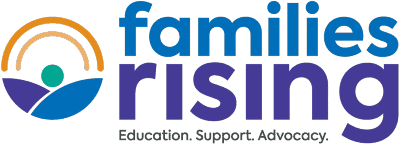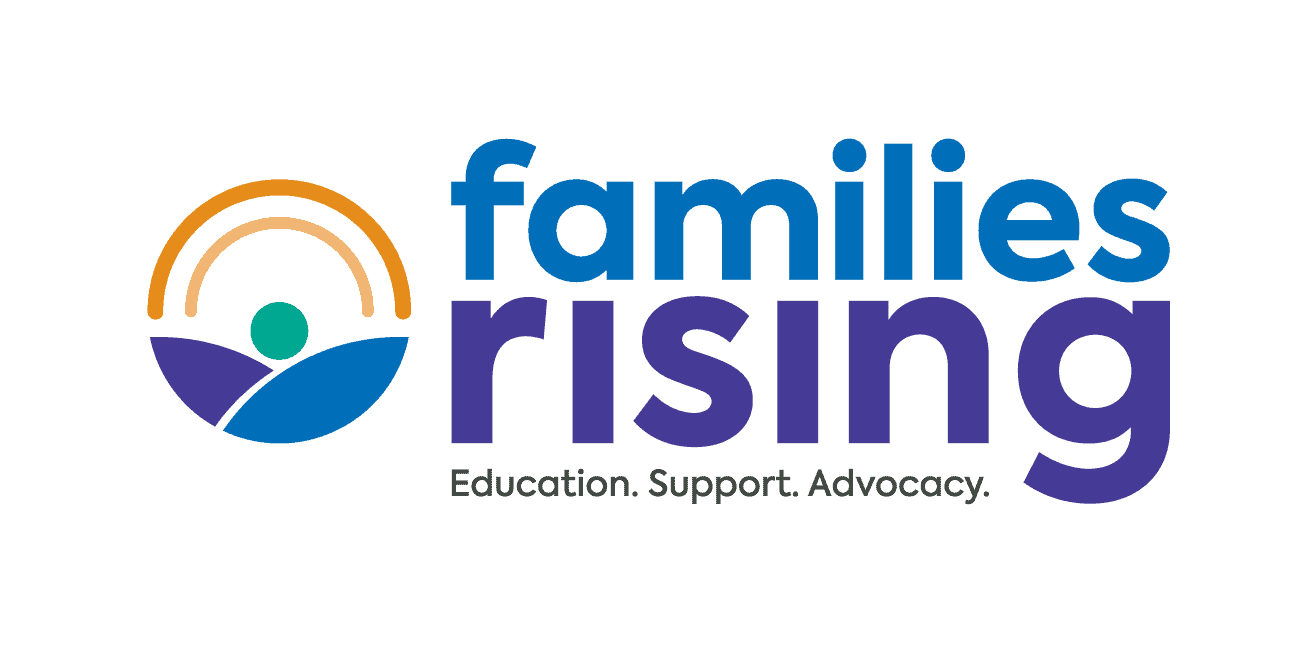
Adoptive parents often ask whether adoption assistance (adoption subsidy) payments are taxable. Many also wonder about claiming their child as a dependent and using the child tax credit. Families Rising reviewed related IRS publications, and below we offer our interpretation of these issues. Please know that Families Rising is not a tax expert, and these opinions should not be considered legal or financial advice. You should consult your own tax advisor before filing.
Adoption Assistance Payments as Taxable Income
Since 1974, the IRS has ruled that adoptive parents do not need to include adoption assistance benefits in their taxable income (see box below for specific IRS language).
| IRS Publication 17: Your Federal Income Tax |
| Publication 17 has made two references related to the taxability of adoption assistance:
Chapter 12: Other Income—Welfare and Other Public Assistance states “do not include in income the benefit payments from a public welfare fund” (p. 84). In 1974, the IRS ruled that adoption assistance benefits were public welfare payments and thus exempt from taxation under this clause. |
Claiming Your Child As A Dependent
The following information is from IRS Publication 501: Exemptions, Standard Deduction, and Filing Information. The IRS recognizes that an adopted child is like any other child—“An adopted child is always treated as your child. The term ‘adopted child’ includes a child who was lawfully placed with you for legal adoption.” However, a child can be claimed as a dependent only when all five of the conditions described in the chart below are met.
| Category | To claim a child as a dependent, the child must: |
| Relationship |
(*An eligible foster child is an individual placed with you by an authorized placement agency or by judgment, decree, or other order of any court of competent jurisdiction. |
| Age |
|
| Residency | have lived with you for more than half of the year (There are exceptions for temporary absences, children who were born or died during the year, kidnapped children, and children of divorced or separated parents. There is no specific exception for adoption.) |
| Support | not have provided more than half of his or her own support during the year |
| Special Test for Qualifying Child of More Than One Person | not be claimed by a dependent by anyone else (The IRS has a specific test for children who might be claimed by more than one person, such as divorcing parents. Please see Publication 501 if you need more information.) |
Both the residency and support rulings changed for tax year 2005 and beyond. One will make it more difficult for adoptive parents to claim children as their dependents, the other will make it easier.
To meet the current residency requirements, an adopted child would have to live with the adoptive family for at least half the year, or for child born during the year more than half the year they are alive. Before 2005, a child placed with you for adoption any time during the tax year (including on December 31) would meet the residency requirement.
The support test changed in a way that is more helpful for adoptive parents whose children receive adoption assistance. Now, a parent is considered to have met the support test unless the adopted child provides more than half of his or her own support. Adoption assistance payments are considered support from the state, not the child, so they do not factor into this criteria. In the past, parents had to provide more than half of all support for the child.
Qualifying for the Child Tax Credit
Most families who can claim a child as a dependent as described above should also be able to claim the child tax credit. This credit is in addition to the adoption tax credit, the credit for child and dependent care expenses, and the earned income tax credit.
Again, the IRS recognizes adopted children as the same as other legal children. To qualify for the child tax credit, a child must meet all of the following five criteria. The child must meet all of the following criteria:
- be your child (including foster child) or sibling, or a descendant of your child or sibling (for example, your grandchild)
- have been under age 17 at the end of the year
- not provide over half of his or her own support for the calendar year
- have lived with you for more than half of the calendar year
- be a U.S. citizen, a U.S. national, or a resident of the United States (If you are a U.S. citizen or U.S. national and your adopted child lived with you all year, that child meets this condition.)
The maximum amount you can claim for the credit is $2,000 for each qualifying child. Families who are claiming both the adoption tax credit and the child tax credit will need to complete a worksheet in IRS Publication 972: Child Tax Credit to determine the specific amount of the credit. (If you checked Yes on Line 16 of the worksheet, you may be eligible to take the additional child tax credit, which is a refundable tax credit. To claim this credit you will need to complete Form 8812, Additional Child Tax Credit.) Most other families can complete a worksheet in the 1040 instructions to determine the amount of the credit.


